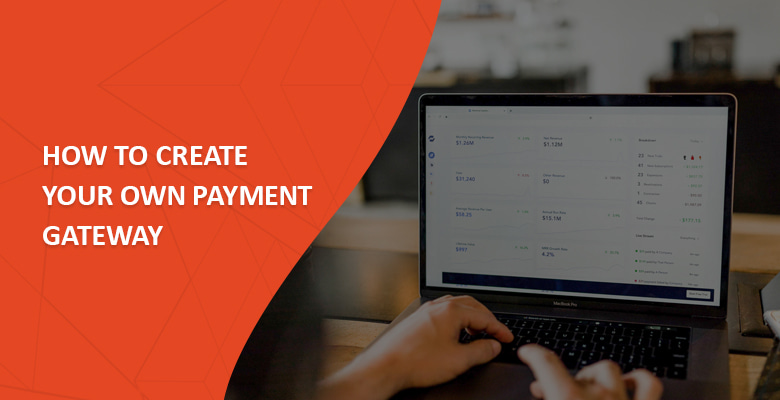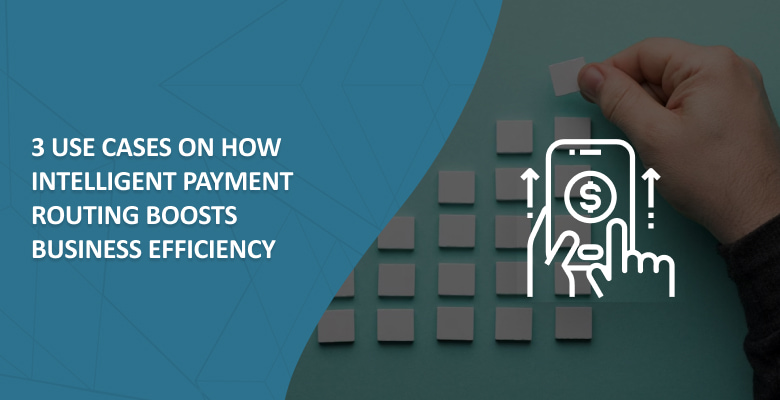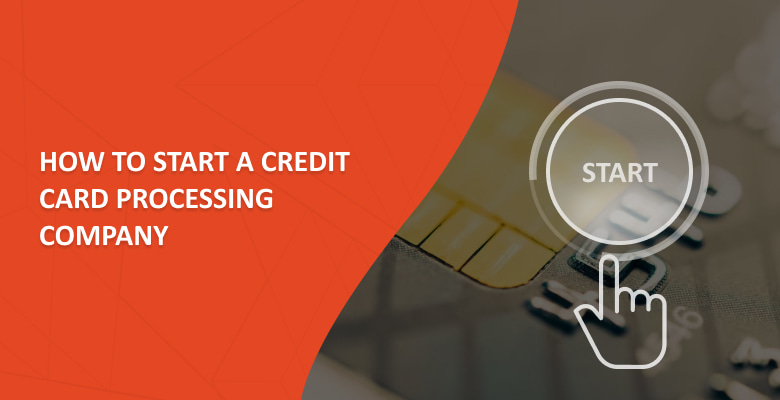
With online merchants increasingly turning to third-party payment providers for pay-ins and payouts, the global payment gateway market has reached its zenith. In this article, we will examine the cutting-edge payment technologies of Akurateco’s payment orchestration platform, developed by industry professionals with over 15 years of experience in online payments, redefining flexibility in the white-label payment gateway market.
However, before delving deeper, let’s clarify the main terms applicable to this topic and cost of developing a payment gateway.
What is a payment gateway?
A payment gateway is a “middleman” between clients and merchants. The software makes online transactions possible by transmitting sensitive payment details from the client to the payment processing parties to deposit funds in the merchant account safely. Furthermore, a payment gateway does more than transmit data.
First, it verifies that the customer has funds on their card, digital wallet, or any other payment method to cover the purchase. Then, it uses encryption technology to ensure the protection of sensitive information processed inside the system. Finally, a payment gateway protects the merchant from any possible fraud. Such systems typically have fraud and chargeback prevention systems to help clients avoid financial losses.
Key Differences Between Core Payment Components

In the world of online transactions, it’s easy to confuse terms like payment gateway, payment processor, PSP, and merchant account. While they’re all essential parts of the payment infrastructure, each serves a distinct purpose. The table below provides a quick overview to help you better understand how these components interact and what role each plays in the payment flow.
| Component | Main Function | Provides | Key Role |
| Payment Gateway | Collects payment data from the customer and passes it on | Data encryption, transmission, transaction approval/rejection | Bridge between the website, customer, and processor |
| Merchant Account | Specialized bank account for accepting non-cash payments | Fund reception, handling of chargebacks and refunds | Virtual wallet for the merchant |
| Payment Service Provider (PSP) | Offers a suite of fintech tools, including a payment gateway | Payment gateway, analytics, risk management, multi-method payment support | All-in-one payment solution provider |
| Payment Processor | Transfers transaction data between banks and payment systems | Communication between issuing and acquiring banks | Executes the financial part of the transaction |
Custom payment gateway development: Pros
As the digital payments industry is currently at its peak, there are multiple advantages to developing a payment gateway. They include:
Cost-efficiency in the long run
The upfront expenses for software development may indeed hit your pocket. Yet, they can shield you from ongoing fees associated with using a third-party system over time. But you will still need to maintain and update the system yourself.
Features tailored to your needs
As there’s no “one size fits all” third-party payment processing solution, you may have to compromise in terms of features and integration. With your own payment gateway system, you can develop specific features and integrations of your choice if you have enough expertise.
Complete control over user experience
The owners of payment processing software fully control transaction data and the user interface. Its analysis empowers you to identify shortcomings that hinder your users from a smooth and user-friendly purchasing experience, enabling you to address them.
Edge in the market
By developing a payment gateway infrastructure, you can fine-tune it according to your specific requirements. Plus, you can craft a unique offering in the competitive FinTech market. One of the key challenges when creating your payment system is protection against fraud. This is why the use of AI and machine learning is becoming a necessity. These technologies allow you to analyze real-time transactions, identify suspicious operations, and minimize financial losses for the merchant and its clients. Without such solutions, your own payment gateway risks becoming a vulnerable link.
Custom payment system development: Cons
While developing your payment system is expensive, technically complex, and poses security risks, these challenges can be overcome. Our white label payment gateway solution offers ready-made modules for accelerated launch, compliance expertise, and integration of AI solutions for fraud protection — to minimize costs, reduce development time, and ensure payment security at the level of international standards.
Here are some potential drawbacks:
Development cost
Payment gateway architecture development can cost you an arm and a leg. It involves significant expenses such as salaries for the development team and specialists, infrastructure costs, security certification fees, and more. Ultimately, payment gateway cost to build may exceed $500,000, depending on your specific requirements. Therefore, independent development is not feasible for businesses operating on tight budgets.
Maintenance cost
Since payment gateway maintenance is not a one-time thing but a continuous undertaking, staying abreast of security regulations, integrating new payment methods, and conducting routine software maintenance will become one of your top priorities in the highly competitive e-payments market. Therefore, when estimating the expenses of internally developed software, it’s essential to consider maintenance costs, which are usually approximately 20 percent of the initial development cost yearly.
Time-consuming development
Opting to develop software from the ground up requires a long-term commitment. Beyond investing time in the development process, you must also dedicate efforts to finding seasoned specialists with extensive expertise in software development, security protocols, and compliance with financial regulations. Therefore, building a payment gateway is a time-consuming process, potentially delaying your revenue-generating capabilities.
PCI DSS certification
Payment gateways must acquire essential security certifications to guarantee the protection of customers’ credit card data. The Payment Card Industry Data Security Standards (PCI DSS) is a mandatory certification. As the owner of a payment gateway, it is mandatory to certify your software in alignment with PCI DSS standards and undergo the renewal process annually, which is quite costly and complicated.
How to build a payment gateway?
If, after evaluating all the pros and cons, you want to give payment gateway software development a go, here is a general step-by-step guide to help you understand the steps involved:
1. Understand the business model of a payment gateway
Before you jump into action, gain a thorough understanding of how best white label payment gateway generate revenue. This knowledge will help you set clear short- and long-term goals. For more information, check out our in-depth article covering a payment gateway business model.
2. Establish objectives and requirements
Software development requires establishing goals and prerequisites for your system. Define its capacity, technologies, integrated banks, payment providers, and other critical details shaping the development process.
3. Recruit a skilled development team
The key to software success is your team. Assemble a team of professionals with software development, security, and compliance expertise, including developers, security specialists, and compliance experts.
4. Choose technology stack
Select the appropriate technology stack for your payment gateway. Consider programming languages, frameworks, infrastructure, and tools that align with your development goals and your team’s expertise.
5. Design architecture
Create a robust and scalable architecture for your gateway based on the expected payment transaction load. Define how different components will interact, ensuring efficient and secure data flow.
6. Implement core features
Develop the core features of your payment gateway, including payment processing, transaction authorization, error handling, and support for various payment methods such as credit cards, digital wallets, and bank transfers.
7. Ensure system security
Implement robust fraud prevention technologies and intelligent routing payments to protect your customers’ sensitive transaction details. Keep payment information secure by encrypting communication channels and securing databases.
8. Integrate with payment processors
Integrate your payment gateway with the Application Programming Interfaces (APIs) of payment processors and acquirers to facilitate transaction authorization and settlement.
9. Perform a system test
Test your system to identify and fix any bugs, security vulnerabilities, or performance issues by running unit, integration, and security testing.
10. Obtain the necessary certifications and licenses
Get the necessary licenses and certifications, such as PCI DSS compliance, to handle payment data legally and securely, minimizing fraud and data breach risks.
11. Go into the live mode
When the system is complete, deploy your payment gateway in a production environment and monitor its performance. Implement real-time monitoring, logging, and error tracking tools to identify and resolve issues promptly.
12. Conduct ongoing maintenance
Establish a plan for ongoing maintenance, updates, and support. Regularly update your payment gateway to eliminate security risks, comply with updated regulations, and improve functionality.
To successfully create your own payment gateway,you have to pass through the necessary development stages such as robust architecture development, obtain security certifications (such as PCI DSS), and integrate securely with acquiring banks and financial institutions.
Equally important is staying current with evolving payment guidelines and compliance requirements—e.g., PSD2 in the EU or AML/KYC worldwide. Failure to do this can lead to costly litigation, reputational damage, or even shutdowns. Compliance is not a one-time effort but a strategic necessity for long-term existence and confidence in the financial system.
Other factors to consider
Nevertheless, to build a payment system that will be competitive in the market in today’s day and age, combining issuer and acquirer data is not enough. To succeed, you need to have a whole service that will be useful for end users.
Value-added services
This means one payment page should have a certain number of value-added services that will make your customers’ payment experience much more comfortable. These include mobile wallets, Google Pay, and Apple Pay, as well as the connection to all card schemes such as MasterCard, Visa, and American Express. Also, it should offer a Direct Debit option for users from certain geographical countries.
Streamlined checkout process
Streamlining the checkout process is another crucial strategy to keep in mind. Minimize the number of interactions required to complete a purchase with the help of streamlined security measures like 3D Secure 2.0 and network tokens, as well as by offering alternative payment methods – crypto payments, Buy Now, Pay Later (BNPL), and more.
Microservices
In order to have a seamless experience and keep services up even when some of them might experience downtime, your system needs to be divided into microservices. These include the dashboard, merchant onboarding functionality, merchant management system, reporting, reconsolidation, routing, cascading, etc. Akurateco takes this approach into account, offering you a reliable microservices architecture.
Custom Development or White-Label: Why Businesses Choose Akurateco
With new payments constantly emerging and customer demand shifting, businesses need a payment system that can match the pace without draining internal resources. Developing a custom payment gateway normally means spending months of development, costly integrations, and ongoing upkeep. Adding a single connector, for example, can take two months—multiply by dozens of connectors, and the timeline and costs rise exponentially.
And that’s where Akurateco comes in.
Our white-label payment gateway offers a turnkey solution that enables you to deploy your branded payment system in a matter of weeks without getting bogged down with the heavy lifting of in-house development. With 370+ pre-integrated global and local payment methods, Akurateco enables you to onboard once—we take care of the rest.
You don’t just get access to payment methods—you get access to a whole payment ecosystem, including:
- Smart routing for peak approval rates
- Cascading to minimize declined payments
- Recurring payments for subscription-based models
- Automated merchant onboarding to accelerate growth
- AI-driven real-time analytics and fraud prevention tools
Your entire platform is branded with your own identity. Your business belongs to you, and we provide you with the engine to drive it.
Why Akurateco?

We’re not just a software vendor—we’re your FinTech partner. With a strong presence across Europe, the USA, MENA, Latin America, and beyond, Akurateco helps companies expand globally while complying with local regulations. Our infrastructure is PCI DSS certified, scalable, and continuously updated to match the latest security and industry standards.
With our rapid deployment and robust features, customers often start accepting payments and earning money within the first month. That’s not a hurry-strategic speedup.
Proven strategies for your payment business by Akurateco Dwayne Gefferie
A Complete Ebook for Fintech Providers of All Sizes
Real Results: How Businesses Succeed with Akurateco
Our technology speaks for itself — but so do the results of our clients. Below are real-world examples of how companies from various industries scaled faster, optimized payments, and entered new markets with Akurateco’s white-label payment gateway.
How Fibonatix Streamlined Their Payment Operations
By switching to Akurateco’s white-label solution, Fibonatix significantly reduced its time-to-market and optimized internal processes by eliminating manual onboarding.
Read the full story →
PayAngle Scales Fast with Full Payment Control
PayAngle, an African PSP, launched its payment gateway and gained total control over operations, resulting in faster expansion and better payment performance.
Read the full story →
Decta Integrates 100+ Methods via One Gateway
Decta leveraged Akurateco to access over 100+ payment methods via a single integration, saving significant development time and broadening market reach.
Read the full story →
How W1TTY Enhanced Flexibility with a Customizable Solution
With Akurateco, W1TTY tailored its payment system to fit their complex multi-market business model, boosting agility without compromising on compliance.
Read the full story →
In outline
Taking on the journey of building a payment gateway demands careful consideration of the associated challenges and advantages. While independent customization offers unique benefits tailored to your business needs, the intricate development process, ongoing maintenance, and compliance requirements entail a great deal of finance and effort.
However, those who would like to leverage an advanced, ready-made payment solution can opt for a white-label payment gateway. Akurateco saves your resources and time letting you focus on the business part instead!
FAQs
Can I build my own payment gateway?
Yes, you can build your own payment gateway, but it is a complex and resource-intensive process. If you’re wondering ‘can I create my own payment gateway?’, be prepared for extensive development efforts, regulatory compliance, and high costs. Developing a payment gateway requires extensive knowledge of payment processing, security standards (like PCI DSS), encryption, and compliance regulations. You’ll need to integrate with various financial institutions, manage transaction routing, and ensure your system is secure and scalable.
How to set up a payment gateway?
If you’re looking into setting up a payment gateway, you’ll need to follow steps such as defining business requirements, developing core functionalities, ensuring security compliance, and integrating with financial institutions.
Is it hard to integrate a payment gateway?
Integrating a payment gateway can be straightforward with the right API documentation and pre-built libraries, but it can get more complex depending on your system and needs. If you require advanced features or need to comply with PCI DSS standards, the process may take more time and expertise. Overall, while not overly difficult, it requires careful planning and technical knowledge to ensure security and smooth operation. This is where a white label payment gateway solution can help.
How much does it cost to get a payment gateway?
The cost of a payment gateway varies based on the provider, features, and transaction volume. Some gateways charge a one-time setup fee, while others offer free setup. Monthly fees typically range from $10 to $50, depending on the service level. Transaction fees usually include a percentage of each sale (2-3%) along with a fixed fee (e.g., $0.30 per transaction). Additional costs may apply for advanced features or international transactions.
How do payment gateways make money?
Payment gateways make money primarily by charging transaction fees. These fees typically consist of a percentage of each transaction (usually 2-3%) plus a fixed fee (such as $0.30 per transaction). Additionally, some gateways charge setup fees, monthly maintenance fees, or fees for advanced features like fraud protection or recurring billing.
What is the difference between a payment processor and a payment gateway?
A payment gateway securely captures and transmits payment information from the customer to the payment processor. It acts as the entry point for the transaction. A payment processor handles the transaction after it’s sent by the gateway, working with banks and card networks to authorize and settle the payment. In simple terms, the gateway starts the transaction, and the processor completes it.







